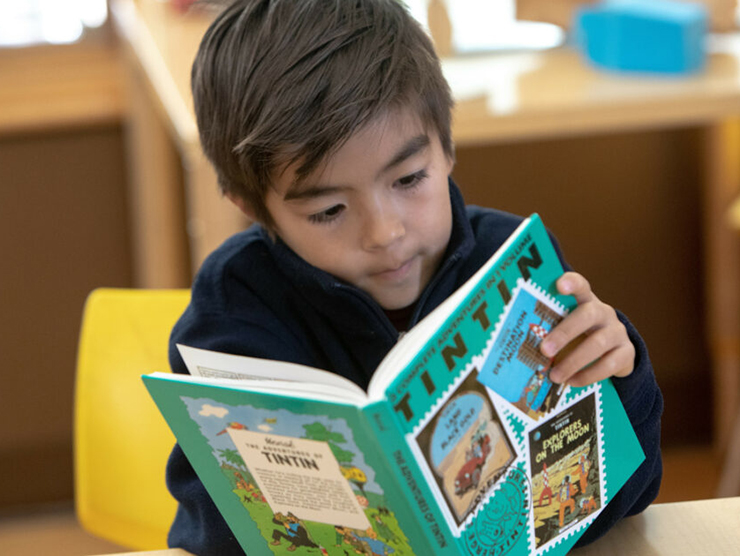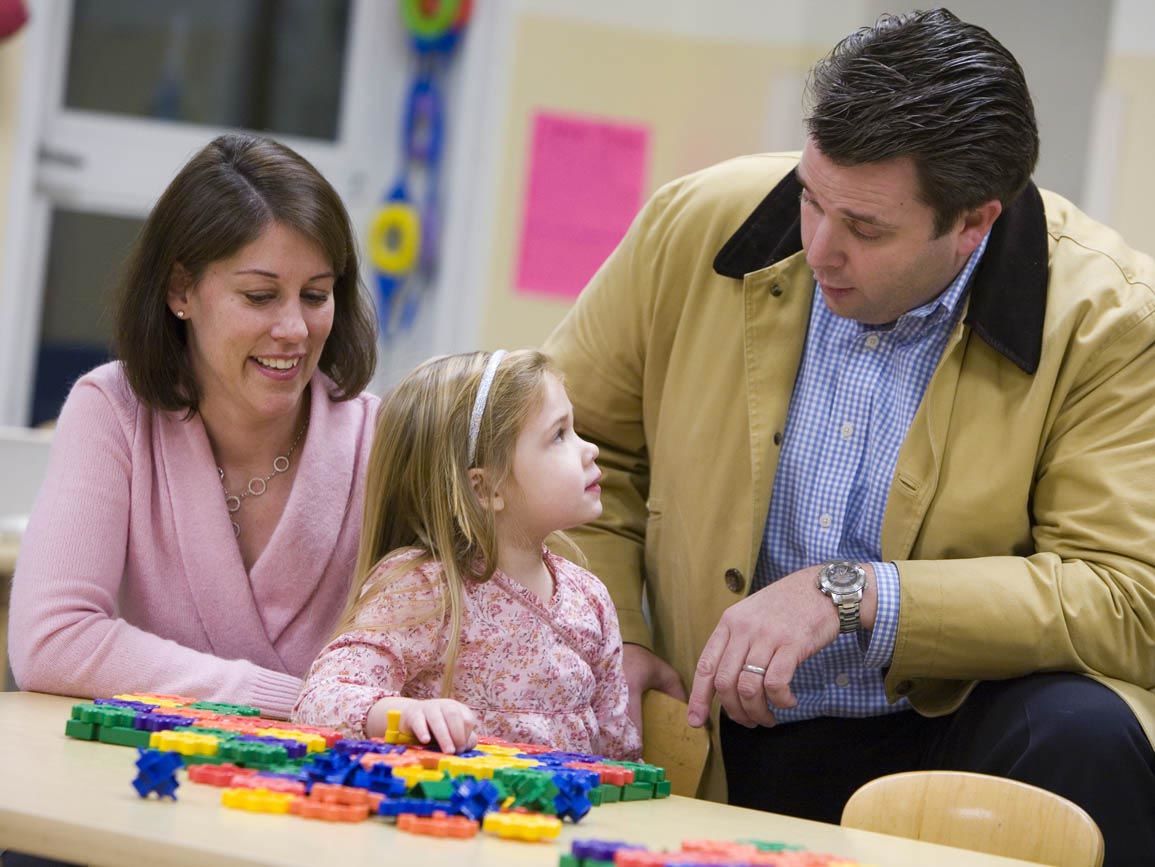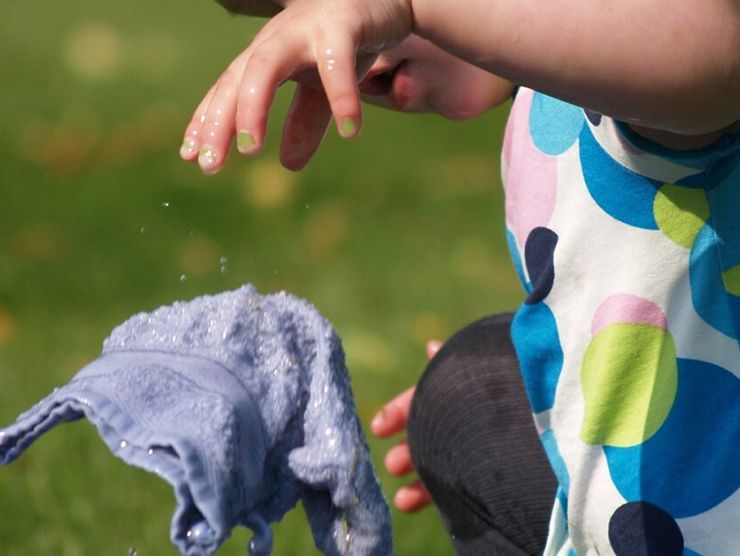“Families are doing their part to help contain the spread of the novel coronavirus by keeping children at home, which means finding creative ways to keep everyone calm, healthy and engaged in constructive work and play.” —American Academy of Pediatrics
Millions of families are adjusting to the reality of being at home. We’re facing a lot of “new” right now — new work routines (or job loss), new school routines, and new challenges. Computers, tablets, television, and other electronic devices are our connection to school, to work, and most importantly, to family and friends. Chances are we’re using screens more than ever before.
The American Academy of Pediatrics says that while increased screen time is likely for many families, it is important that we keep media use positive. Routines and offline experiences matter more than ever because they build emotional connections and reduce stress. Below are some ideas to help you find a positive balance.
Ideas for Non-Tech Family Time
- Keep a routine. Ensure that children are going to bed and getting up at predictable, if relaxed, times. Eat meals together as much as possible. Have your kids get dressed each day and engage in household upkeep. Make sure children are getting physical activity every day.
- Spend time as a family having fun. Play card games, go for a walk, cook something together, or work on a project. Read books, listen to music, and allow for lots of open-ended play.
5 Positive Tech Practices
- Determine tech limits together and set a good example. Unless your child’s bedroom is the only quiet place for older children to complete schoolwork, keep screens out of the bedroom. Set a time when screen use can begin for the day, and set an end time to screen exposure a few hours before bedtime. Create a visual schedule so that children can see when devices need to be turned off throughout the day. Together, map out a plan for daily schoolwork.
- Balance passive screen use with more active options. Watching high-quality programming is fine, but kids can do lots of other things with screens. They can use drawing programs, make their own movies, have a dance party, listen to audiobooks, play interactive games, or learn a new skill. Use technology to connect with friends and family members.
- Take a virtual field trip with your family. Many museums, nature preserves, national parks, orchestras, theaters, and more, have opened their virtual doors and now offer free access to exhibits and shows.
- Be aware of what children are watching and doing during screen time. Set limits on what’s okay and what’s not. Keep electronics in a common area.
- Acknowledge the emotions behind increased screen time. Kids (and adults) are using screens for practical reasons related to school and work. We’re also using screens as a diversion because we’re facing frightening unknowns. Talking about our feelings helps us begin processing and healing from these experiences and moving to a more productive place.
More on Screen Time During the Coronavirus Pandemic
- Technology can provide value for kids, as long as it’s used in the “right” way. In this podcast episode, Bright Horizons educators are diving into what that really means and what actually matters.
- Turn to our on-demand webinar for everything you need to know about choosing meaningful open-ended materials and educator-approved media that satisfies you and your child.
- Find a mix of online and offline activities and experiences for all ages on our at-home learning platform, World at Home.





